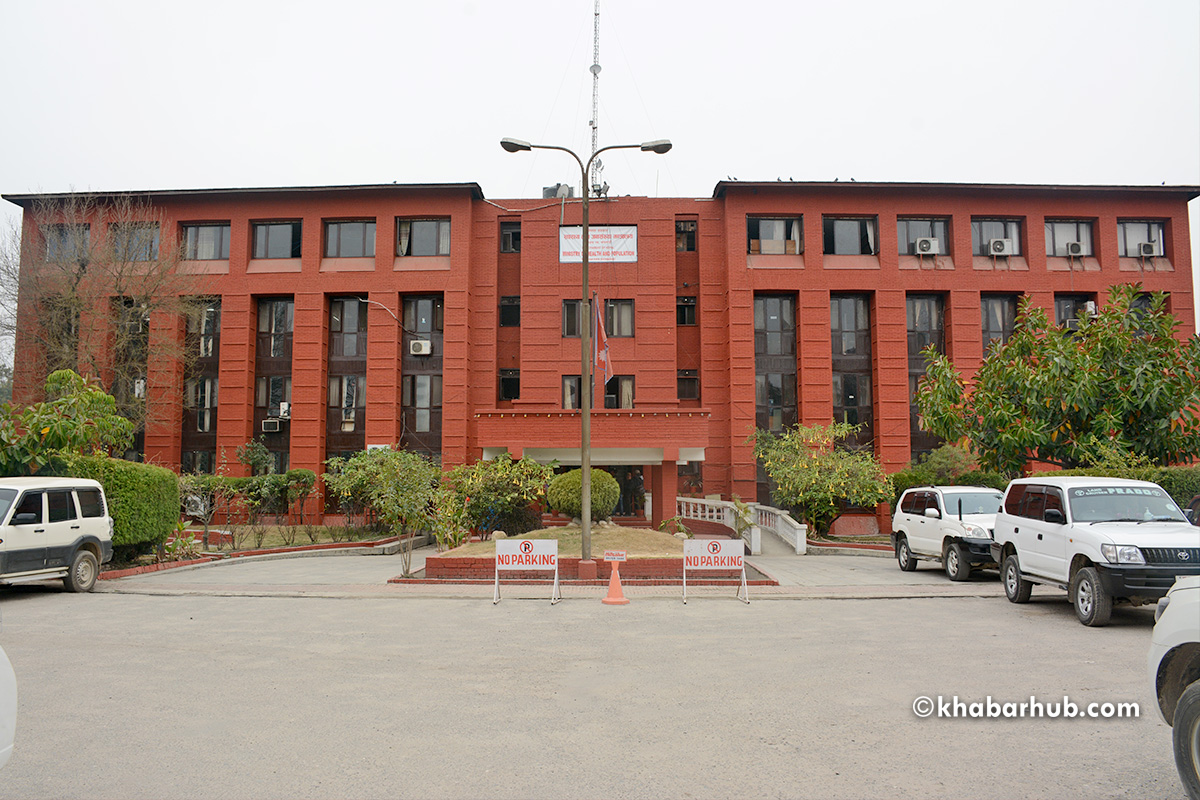0%

Ministry of Health and Population/File Photo
KATHMANDU: Nepal’s Demographic and Health Survey Report-2022 report shows Nepal’s health index has improved.
Progresses have been noticed in maternity and child health, nutrition and reproductive health, it said.
This is the sixth demographic and health survey report. According to the Survey, lately, the number of women receiving maternity services is on the rise with 94 percent of expectant mothers receiving services from a trained health workforce.
Similarly, 57 percent of married women use contraceptives or the means of family planning and among them, 43 percent opt for advanced means or methods and the remaining 15 percent follow the traditional method.
The most popular modern methods used are female sterilization, Depo Provera, or implants.
The finding of the survey is that there has been a steady decline in the total fertility rate from 4.8 births per woman in the 1996 NFHS to 2.1 births per woman in the 2022 NDHS and this meets targets achieving a total fertility rate of 2.1 births per woman by 2030.
The report highlights that 25% of under-5 children are stunted, 8% are wasted, and 19% are underweight.
One percent of children under-5 is overweight. The prevalence of stunting has declined from 57% in 1996 to 25% in 2022.
However, the breastfeeding practice has declined over the course of time.
The trend is that exclusive breastfeeding among children age 0–5 months has fluctuated widely- declining from 75% in 1996 to 53% in 2006, then rising to 70% in 2011, and declining to 56% in 2022.
WHO recommends early initiation of breastfeeding within the first hour of life and exclusively breastfeeding for the first 6 months after birth.
The report puts the neonatal mortality rate at 21 deaths per 1,000 live births.
It may be noted that the government’s target for SDG 3.2.2, is to reduce the neonatal mortality rate to 16 deaths per 1,000 live births by 2022 and to 12 deaths per 1,000 live births by 2030.
The teenage pregnancy among women aged 15–19 is 14 percent.
The percentage of women aged 15–19 who have ever been pregnant rises with age, from 1% at age 15 to 32% by age 19 and it is highest in Karnali Province (21%), followed by Madhes Province (20%), and lowest in Bagmati Province (8%).
The coverage of regular vaccinations among children has declined compared to the previous survey.
It has the number of children vaccinated against basic antigens shrunk to 80 percent in 2022 from 87 in 2011.
Likewise, the number of totally unvaccinated people has increased compared to the 2016 survey.
It was one percent at the time and now it has reached four percent.
Likewise, the data on the prevalence of hypertension states 18 percent of women and 23 percent of men of 15 or above.
Similarly, 14 people per 100,000 died in road accidents and the highest casualties or injuries 68 percent is from motorcycle accidents.
Likewise, 22 percent women and 11 percent men aged 15-49 feel the anxiety symptoms and 23 percent women aged to 15-49 experience physical violence at any stage of life.
The report was prepared by New Era under the leadership of the Health Ministry and it was funded by the USAID.
RSS